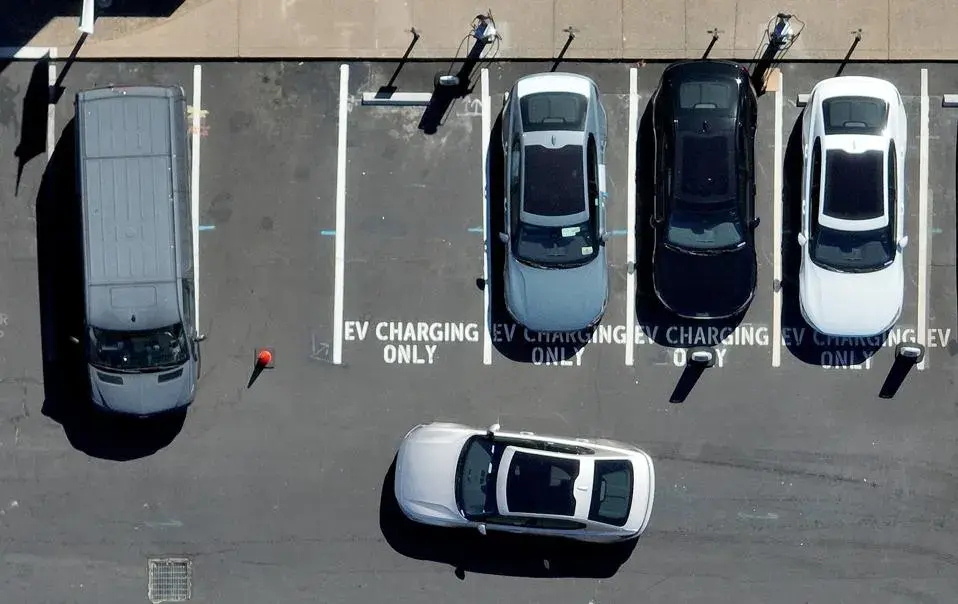The Maginot Line, an 800-mile fortification built by France between the World Wars, was intended to protect against German invasion. Despite its impressive defenses, it was ultimately bypassed and rendered ineffective by Germany’s blitzkrieg tactics. This historical analogy raises questions about the effectiveness of the U.S.’s current tariff barriers against China.
New Round of Tariffs
In May, the Biden Administration imposed new tariffs on $18 billion worth of Chinese goods, including steel, batteries, semiconductors, solar cells, and electric vehicles (EVs). These tariffs were justified as a response to China’s alleged unfair trade practices and artificially low-priced exports. However, they also reflect the reality that American companies are struggling to compete in sectors like solar energy, battery technology, and EVs, where China has established dominance through economies of scale and integrated supply chains.
Effectiveness of Tariffs
While tariffs can be strategically used to protect domestic industries critical to national security, they often have unintended consequences when they become permanent. High tariffs can undermine the competitiveness of domestic producers and lead to higher prices for consumers. Additionally, tariffs may stifle innovation and efficiency within protected industries.
Solar Industry Impact
The solar industry illustrates the complex dynamics of tariffs. Despite significant subsidies and incentives from the U.S. government, American solar manufacturers struggle to compete with China, which dominates 85% of solar cell production and 97% of wafer production. In response to lobbying efforts, the Biden Administration increased tariffs on Chinese solar products and removed exemptions for Southeast Asian countries, which supplied 84% of solar imports in 2023. These high tariffs could slow the adoption of solar energy in the U.S., cost jobs, and hinder the development of the domestic solar industry.
Challenges for American EVs
The auto industry is crucial to American manufacturing and industrial capabilities. However, the U.S. lags behind China in the transition to electric vehicles. While EVs account for 50% of new car sales in China, they make up only 8% in the U.S. China controls over 80% of lithium-ion battery production, essential for EVs and various military applications. American companies like Tesla have seen their market share decline, and other U.S. automakers struggle to produce competitive EVs. Without significant advancements, U.S. EVs remain more expensive and less advanced than their Chinese counterparts.
Economic and Strategic Risks
The Biden Administration’s “small yard, high fence” approach aggressively targets strategic sectors with tariffs. A potential second term for Trump could see this strategy expanded to include a 10% tariff on all imports and 60% tariffs on Chinese goods. The Peterson Institute estimates this would effectively be a massive tax increase on American consumers, raising inflation and potentially leading to countervailing duties from other nations. Long-term, high tariffs could erode the competitiveness of American industries with a comparative advantage, like technology, aviation, agriculture, and energy, and push growing economies towards alternative trade regimes led by China.
Historical Lessons and Future Considerations
America has a history of using tariffs to protect politically sensitive industries, such as textiles, steel, and motorcycles. These industries have largely declined, highlighting the risks of relying on permanent tariff barriers. Tariffs, when used selectively and with clear time limits, can provide temporary relief for struggling industries. However, as a permanent fixture, they may accelerate economic decline and weaken national defenses.
In conclusion, the new round of tariffs imposed by the Biden Administration aims to address unfair trade practices and protect American industries. However, if these tariffs become a permanent feature of U.S. economic policy, they could have significant negative consequences, much like the Maginot Line. The challenge for policymakers is to balance the need for protection with the imperative of maintaining competitiveness and fostering innovation in the global market.













